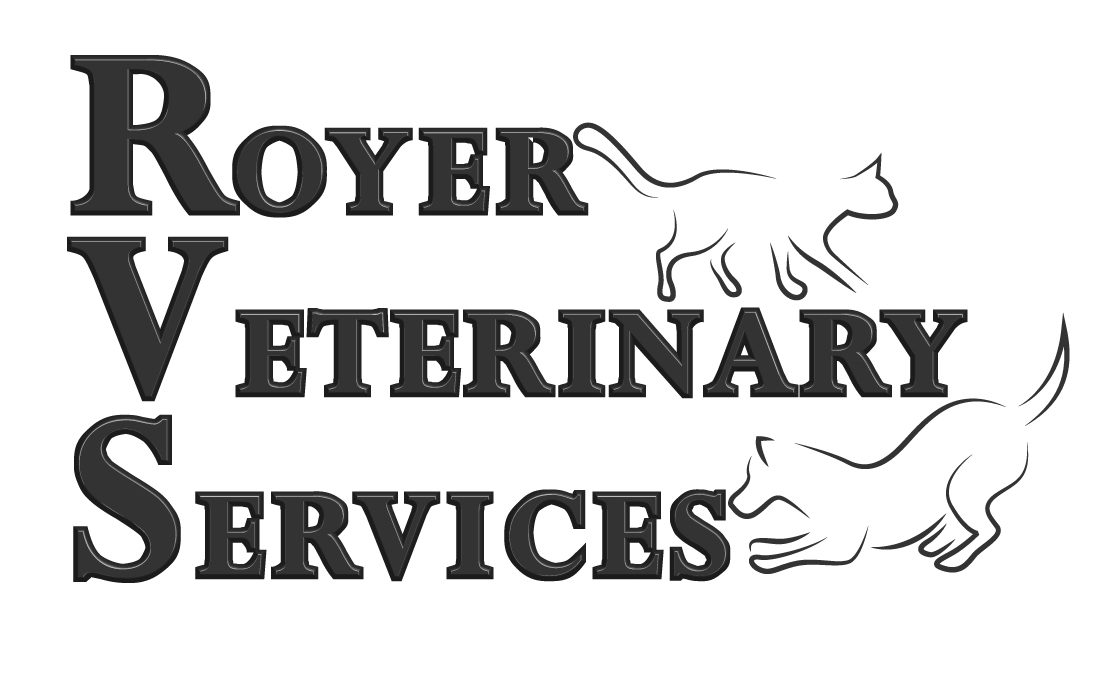Ensuring Your Pet’s Hydration: A Comprehensive Overview
Maintaining proper hydration for your pet is essential for their overall health and well-being, but it can sometimes be challenging to determine if they’re getting enough water. Here’s a detailed guide to help you assess your pet’s hydration levels effectively:
- Monitor Water Consumption: Keep track of how much water your pet drinks daily to establish a baseline. Any significant changes, whether an increase or decrease in intake, should be noted.
- Check Gum Health: Lift your pet’s lip to examine their gums. Well-hydrated pets typically have moist, pink gums, while dry or sticky gums may indicate dehydration.
- Perform the Skin Elasticity Test: Lightly pinch a bit of your pet’s skin at the scruff and release it. In hydrated pets, the skin should quickly return to its original position. Delayed elasticity could be a sign of dehydration.
- Observe Urine Color: Pay attention to the color of your pet’s urine. Light yellow urine suggests proper hydration, while dark yellow or concentrated urine may indicate dehydration.
- Watch for Behavioral Changes: Keep an eye out for any changes in your pet’s behavior, such as excessive panting or lethargy, which could signal dehydration. If you notice any unusual behavior, consult your vet promptly.
It’s important to remember that each pet is unique, and their water needs may vary based on factors like age, size, and activity level. If you have any concerns about your pet’s hydration, don’t hesitate to seek guidance from your veterinarian for tailored advice.
Ready to take proactive steps to ensure your pet stays hydrated and healthy? Schedule a consultation with your vet to discuss your pet’s specific hydration needs and receive personalized recommendations. Contact us today to book an appointment and prioritize your pet’s well-being!

